Indian cuisine uses a lot of spices to add flavour. Without spices, no dish is complete. Even Indian cuisine is renowned throughout the world for its heavy use of spices and masala. The exotic flavour and scent of the spices give the food flavour.
Cumin, often known as jeera, is a crucial component of spices. In "PanchPhoran Masala (Indian five spice powder)," it is a key ingredient. Jeera has a strong aroma and a warm, slightly bitter flavour. The scent of these tiny seeds adds flavour to food. Jeera is a herb that can be purchased dry, ground, or in a powdered, brownish-green form. Jeera is a spice that is used to flavour meals in many other nations in addition to Indian cuisine.
Jeera can be used to produce tadka for dal and kadhis, give rice and pulao texture, and are also utilised for cooking sabzis, particularly anything with potatoes.
You may also find roasted cumin powder, which has a deliciously rustic flavour, in any Indian kitchen. Salads, raitas, and dahi bhalla can all be garnished with it.
Jeera has a warm and slightly bitter taste along with a pungent smell. The aroma of these tiny seeds makes the dishes scrumptious. Jeera is an herb and is available in dried, grounded or brownish-green powder. Apart from its usage in cooking, it has got multiple benefits.
Jeera is considered to be antibacterial and antiseptic in addition to being high in anti-inflammatory antioxidants. It can treat a variety of stomach problems, strengthen the digestive system, ease nausea, bloating, and constipation. Consuming cumin regularly may improve your blood circulation.
Table of Contents
Culinary uses of jeera:
Dal Tadka
When spices are mixed with oil and fried, they become tadka or chaunk and release their flavour and scent. Moong, arhar, and masoor are just a handful of the many varieties of yellow lentils that are used to make dal. It is frequently served as a main course with rice or roti in Indian cuisine. To prepare the dal tadka, jeera and a few other spices are tempered in hot oil and then fried in hot oil. Thanks to the spicy flavour of the jeera, it tastes delicious. A Dal tadka without Jeera is incomplete.
Jeera rice
Rice is a staple dish in India because no matter how much we eat, we constantly crave it, especially at supper. There are numerous varieties of rice, including basmati, joha, aijung, and others. Rice can be made in a variety of ways, including pulao, fried rice, biryani, and plain. A delicious side dish to pair with any curry, vegetarian or not, is basmati rice cooked in ghee and tempered with jeera. Jeera cooked in ghee and seasoned with cashew nuts and raisins has a robust scent that is enticing.
Chicken jeera
Without spices, no chicken recipe is complete. The flavour of the dish is enhanced by the flavour of chicken and the spice's zing. One more spice used when cooking chicken is jeera. Because of its spiciness and slightly bitter flavour, jeera is a common spice in practically all Indian cuisine. In fact, making it is really simple. Jeera is fried in heated oil, followed by boiling chicken mixed with salt and a few red pepper flakes.
Masala dahi
Jeera is used to make masala dahi. It is a yoghurt dip with undertones of sour and heat. This hybrid dahi tastes best when served as a side dish, along with parathas or thepla. When you eat these, the creamy yoghurt flavour and the spices just burst with flavour.
Pani puri
Panipuri may have been consumed with a variety of flavoured water. Jeera Pani is one of these flavoured water. A paste made from roasted cumin seeds, black salt, chaat masala, lemon, and water is called jeera Pani.
Jeera pani
Jeera has several medical uses in addition to giving flavour to food. Anaemia can be treated with simple jeera pani, which also benefits the respiratory system, improves sleep, aids in digestion, promotes weight loss, and does many other things. Additionally, it is incredibly calming.
Health benefits of jeera
Boosts immunity
Vitamin C, which is abundant in cumin, helps to strengthen the immune system. The infections are kept at bay by the antibacterial and antiseptic capabilities. The most common method of consuming jeera (also known as cumin or zeera) is to make jeera water at home. It supports the immune system's regular operation, fights disease, and lowers the likelihood of getting sick.
Good for detox
Cumin is a potent detoxifying agent due to its major components, which include aldehyde, thymol, and phosphorus.
Good for digestion
Cumin is known to help with problems related to digestion, which is one of its most important advantages. Experts claim that a component of cumin called thymol stimulates enzymes and improves the secretion of digestive juices.
Good for skin
Cumin has a significant amount of vitamin E, which helps maintain the skin taut, moist, and supple. Vitamin E is considered as one of the most skin-friendly antioxidants.

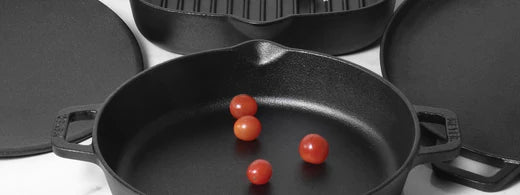
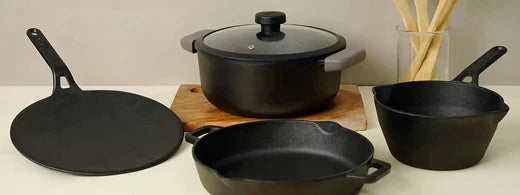
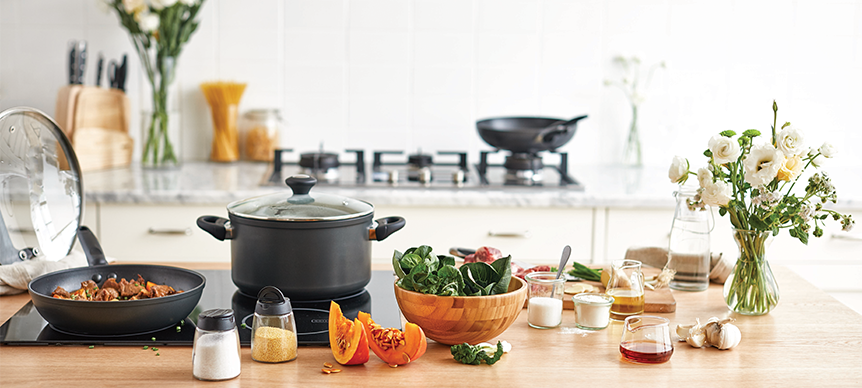
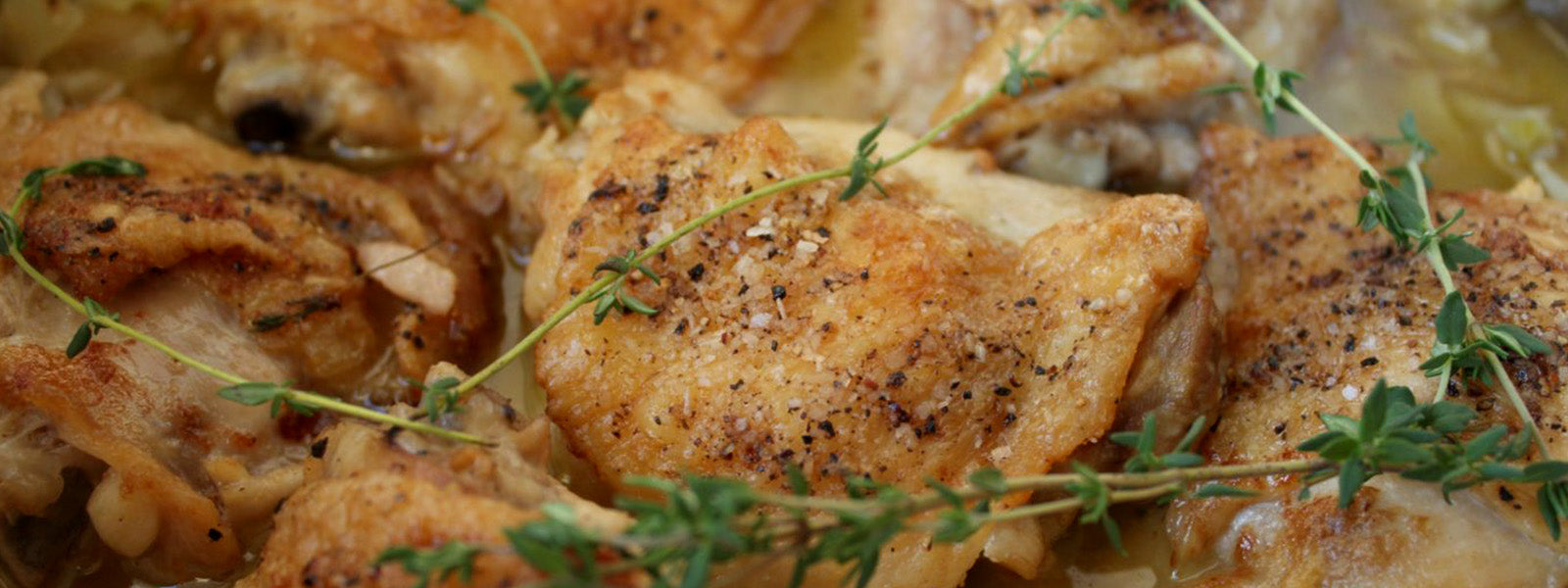
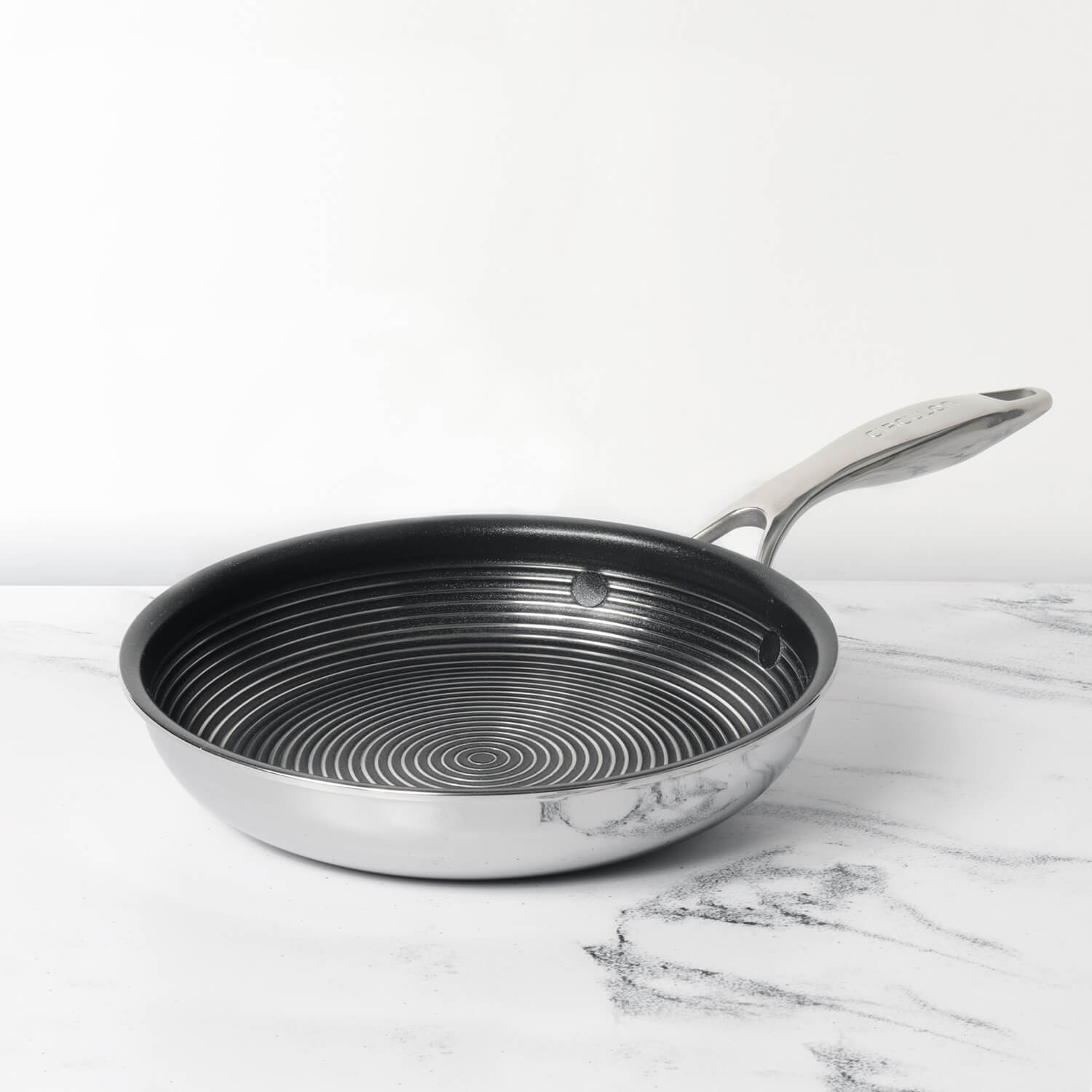
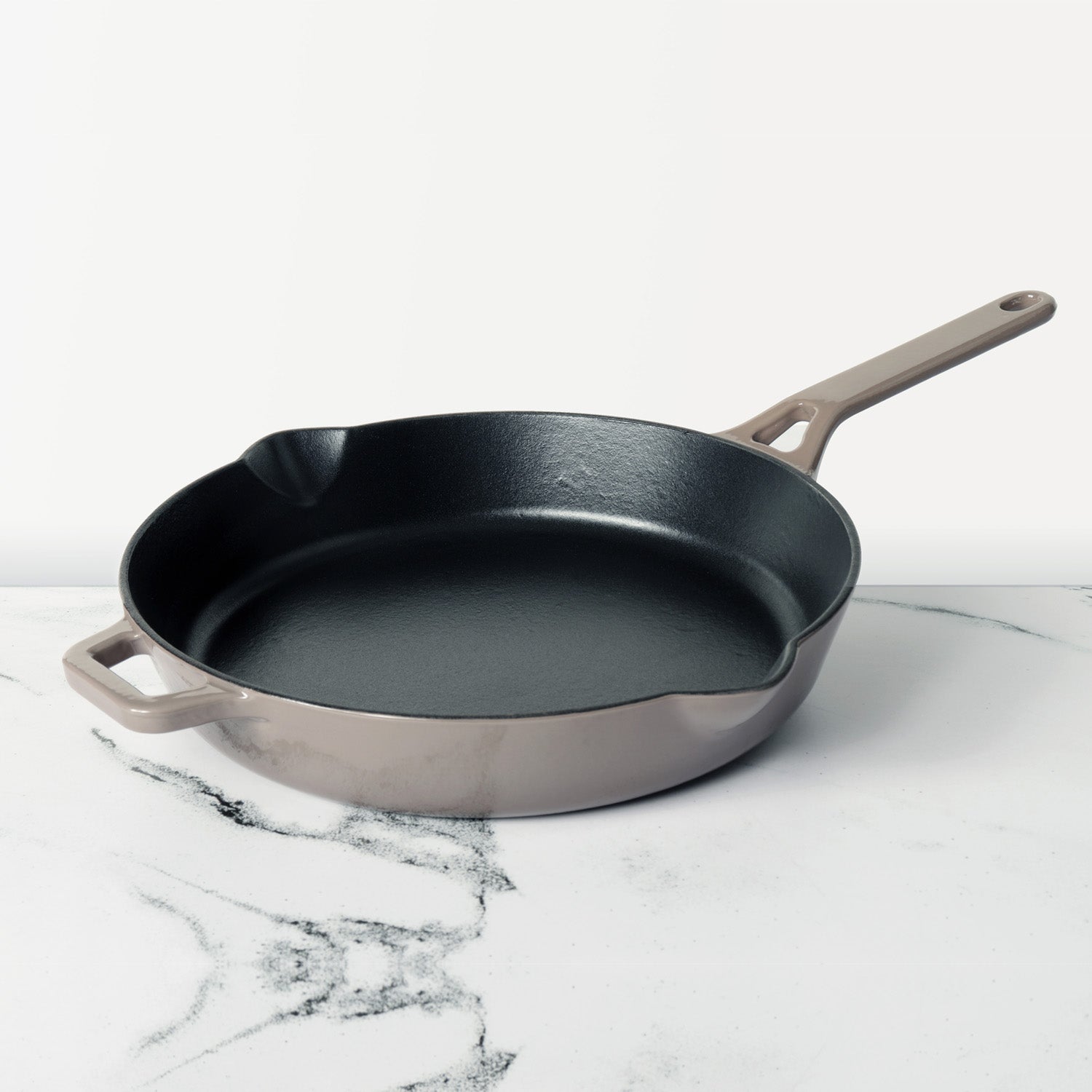




Leave a comment